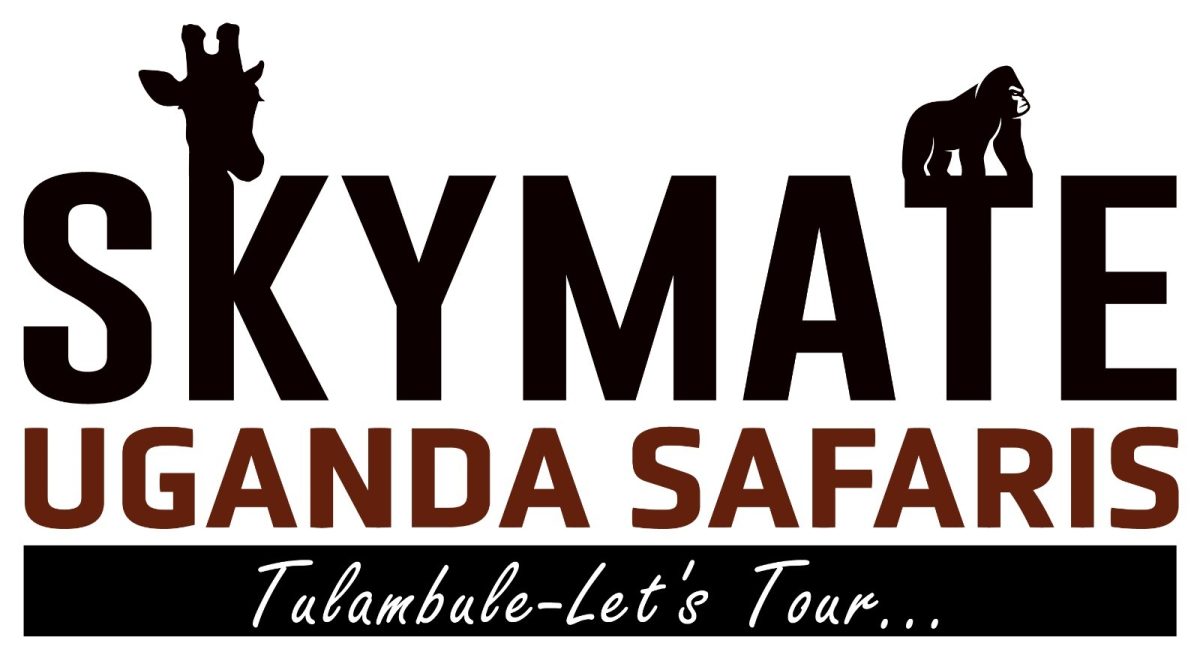The Sipi Falls are a series of three pretty waterfalls, located in eastern Uganda in the Kapchorwa district, northeast of Mbale town. The falls are situated in foothills of Mount Elgon on the edge of Mount Elgon National Park on the border with Kenya.
The Sipi River and Sipi Falls are named after the ‘Sep’ a native plant on the banks of the river, a medicinal plant used by locals against measles and flu.
The area is characterized by Arabica coffee plantations, banana plantations, rivers, waterfalls, chameleons, a wild vegetation, traditional African villages and beautiful views of the Karamoja Plains. As Sipi Falls are situated at an altitude of 1600 meters, the climate is very enjoyable during the day, making it an ideal place to relax with a book in one of the accommodations with a view of the Sipi waterfall.
Sipi Falls is also one of Uganda’s most fertile areas and is therefore incredibly lush and green, with many flowers and plant species, among which colorful chameleons hide.
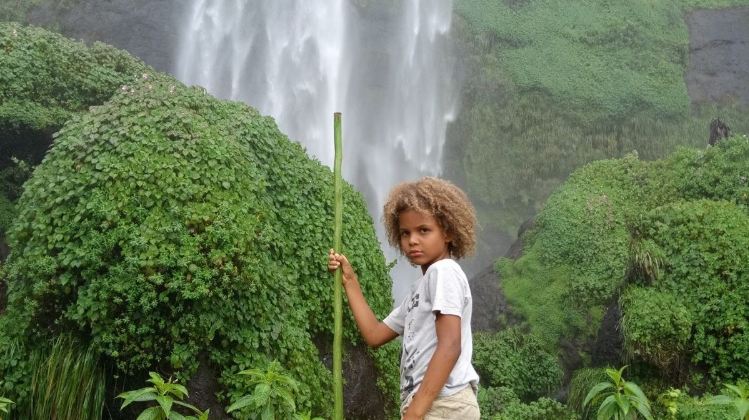
For travelers who have a little more time to spare and would like to experience ‘the real’ Uganda, Sipi Falls is a fantastic place in the little-visited Eastern region of Uganda. It is a perfect place for short Uganda tours or weekend trips from Kampala.
You can take a short trip to Sipi Falls to escape the noise and bustle of the Kampala and embrace the tranquility of some of Uganda most beautiful landscapes.
Sipi is also wonderful stopover to break down long Uganda adventure safaris to the Kidepo National Park – a rugged and isolated wilderness where you can enjoy game drives and guided walks, taking you to incredible big cat sightings and massive buffalo herds.
About The Three Sipi Falls
85 meters
The first waterfall plunges 85 meters over a cliff into a plunge pool below, following the course of the Sipi River as it flows from the top of Mount Elgon. It gives off a thunderous splash and it is the second tallest of the three Sipi falls.
There is a trail that goes behind the waterfall halfway up this cliff. Before you climb up, it appears very frightening from the bottom, but it’s a safe and fantastic viewpoint with amazing views of the beautiful Karamoja plains, Mt. Elgon Slopes, and the waterfall.
65 meters
Following the 85 meter plunge, the Sipi River continues through farmlands and local communities, making pools and rapids as it flows over small cliffs and rocks.
Later, the river plunges 65 meters over a larger cliff, creating the second cascade of the Sipi Falls. Out of the three waterfalls in Sipi, this is the smallest. After a relatively difficult hike, the waterfall creates a lovely “natural shower” that you may enjoy soaking in.
However, the water volume increases during the rainy season, making the shower too strong and risky. Near the bottom of the waterfall, behind it, lies a man-made cave.
The cave offers a wonderful behind the waterfall experience, where you can sit in silence in the shadow of the gushing falls that have created a sort of a curtain to the cave. Enjoy the cool breeze, nice views and lots of good photos!
100 meters
After the 65 meter plunge, the Sipi River proceeds through a bit of more bushes and less local community farmlands, before plunging over another enormous cliff, 100 meters high – forming the biggest of the three Sipi falls.
This waterfall has a big enough plunge pool that commonly referred to as a “natural swimming pool”. If you are interested, you can dive in for a swim in the cold waters.
It is considered the main waterfall and often times mistaken to be “thee” Sipi Falls without considering the two others waterfalls. It is absolutely breathtaking with rainbows cutting through the sparkling white falls.
How To Get To Sipi Falls?
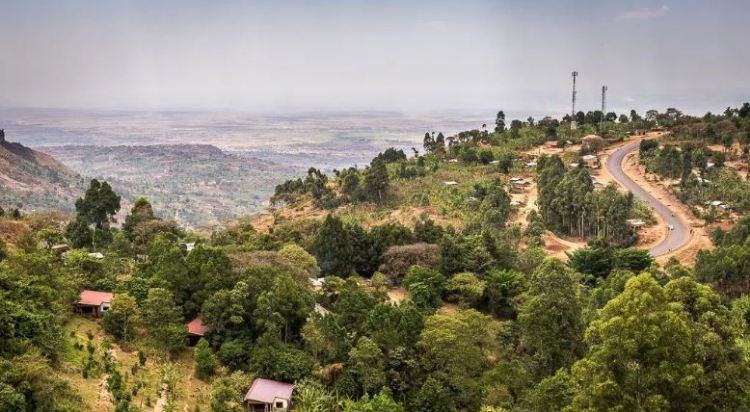
You can get to Sipi Fall by road. It takes about 4 to 5 hours to drive to Sipi Falls from Kampala city. For a short weekend trip, you need to start early, at around 6 am to avoid traffic jam.
This will also give you a full afternoon of enjoying the fresh air and scenery in Sipi falls. En route, you can stop in Jinja– source of the Nile an for a break and to pick up snacks. If you leave early, you can arrive at your lodge at Sip in time for lunch.
Activities at Sipi Falls – Discover Them All!
Sipi Falls is the place with some of the best excursion options in Uganda, including:
- Nature walks and hiking
- Rock Abseiling
- Coffee tours
- Cave explorations
- Local community village tours
- Relaxation at the many lodges
1. Hiking and Nature Walks
The Sipi Falls area is the starting point of several scenic day hikes as well as the tough multi-day trek to the top of Mount Elgon – the second highest mountain in Uganda.
The most popular day hike in the area is the hike to see the Sipi waterfalls themselves. You can have a hike to each of the three falls – 85 meters, 65 meters and 100 meters.
You walk in company of a local English-speaking guide – through the beautiful Sipi Falls area. While walking through this green area, you alternate enormous waterfalls with the local village life of the Ugandan countryside. You also walk along streams and enjoy the colorful flowers and beautiful views. This is what the Garden of Eden must have looked like!
During a full day of hiking adventure you can visit three waterfalls and along the way you can spot chameleons in the coffee plantations. It is fun to swim in one of the streams and even take a cooling shower under a waterfall. So bring your swimming clothes and towel! You can also choose to walk shorter in consultation with your guide. Other amazing hikes include;
- Sunset walk in to the King’s Viewpoint rock that offers overwhelming views of the plainlands of Karamoja region and of the 3 Sipi Waterfalls.
- Extended Walk to Chebonet Waterfalls that are located at an elevation of about 1,775 meters above sea level in Mount Elgon National Park
- Sisiyi Falls Walk in Mbale, the best place to visit before or after hiking Sipi falls.
- Wanale falls hike that takes you through local communities that live in the shadow of the Wanale Ridge, which towers over 1000m above Mbale city
2. Rock Abseiling
If you are missing a bit adrenaline in your day at Sipi Falls, you can also take a 2 hours rock abseiling adventure from the top of the 100-meter-high Sipi waterfall.
Equipment (rappels) is provided as well as highly-trained guides to take you through this exhilarating adventure. You will hung from a rope in the cool mist of the cascading falls right beside you, as you enjoy the spectacular panoramic view of the valley below.
3. Coffee Tours
Aside from the falls themselves, a highlight to visiting Sipi is a coffee tour experience that takes you through the intricate details of how coffee is produced.
Fantastic high-quality Arabica coffee is grown in Sipi area. This Bugisu Coffee only grows at an altitude of 1600 – 1900m. Many farmers with small pieces of land form a cooperative together. Their artisanal coffee beans are sold worldwide.
On the coffee tour, you will stretch your legs as you hike up the hillside, through leafy banana plantations which serve two functions: firstly to supply bananas and secondly to provide shade for the coffee trees which grow beneath them.
You will explore coffee plantations and learn how the coffee plants are planted and grown. You will also pick some coffee berries, to deshell and grind them with a traditional mortar and pestle, and roast them on an open fire, before – the best part – finishing with a fine cup of strong Arabica coffee – all with the local farmer, who also gets a little extra from it.
4. Running Tourism
Kapichworwa region is rapidly becoming a hotspot for long-distance running, producing some of the world’s best athletes. Remarkably, the world athletics champions including Joshua Cheptegei, Jacob Kiplimo, Peruth Chemutai and Stephen Kiprotich are all from this area, which has made the area to be dubbed the “land of champions”.
The high altitude of up to 3000 meters above the sea level helps runners to exercise under unusual conditions. In Kapchorwa area, trails for runners are available and these days even runners from Europe visit Uganda and stay in that area to exercise in this altitude.
A Sample of Our Sipi Falls Tours Packages
We offer several Sipi Falls tour packages for you. These packages are customized to suit your needs, depending on the time and funds you can set aside for the trip. The packages include the best activities at Sipi Falls.
The best thing about our Sipi Falls packages is that you can leave all the stressful things for us to manage while you just prepare yourself. If you let us, we can take care of transportation, accommodation and meals, leaving you with nothing to worry about.
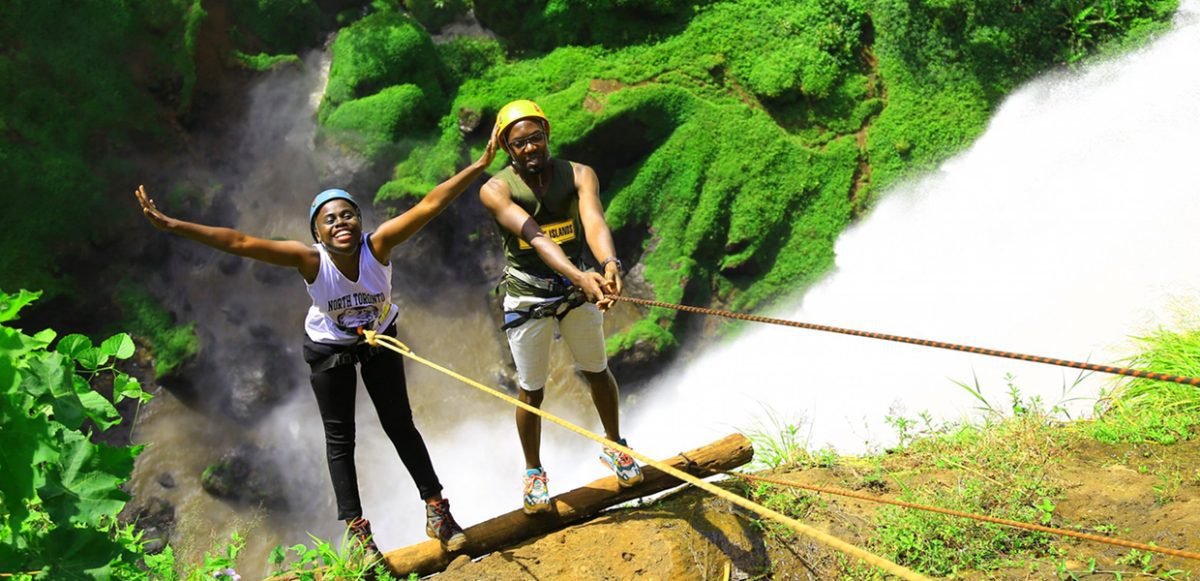
3 Day Sipi Falls Tour Itinerary
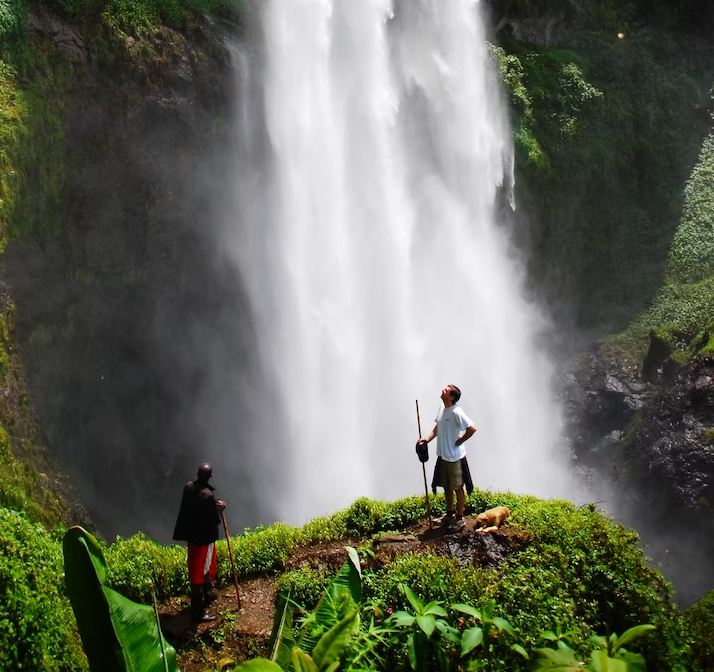
2 Days Jinja Tour & Sipi Falls Hike
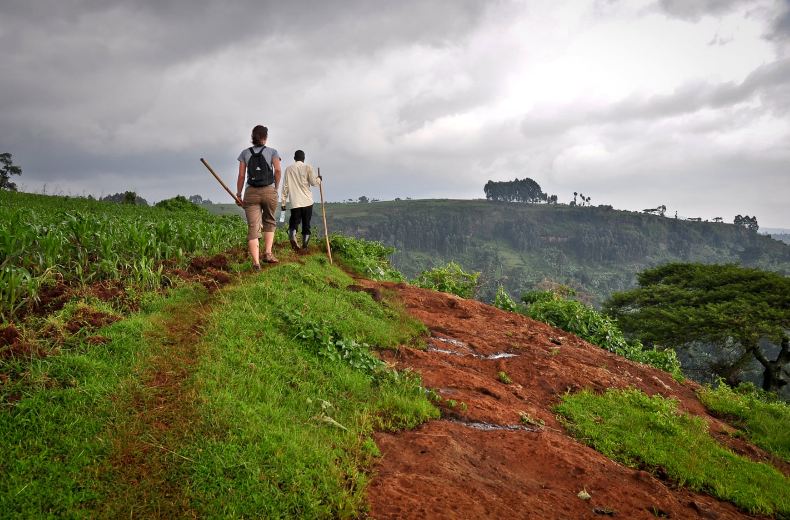
4 Day Jinja & Sipi Falls Trip
Where to Stay At Sipi Falls?
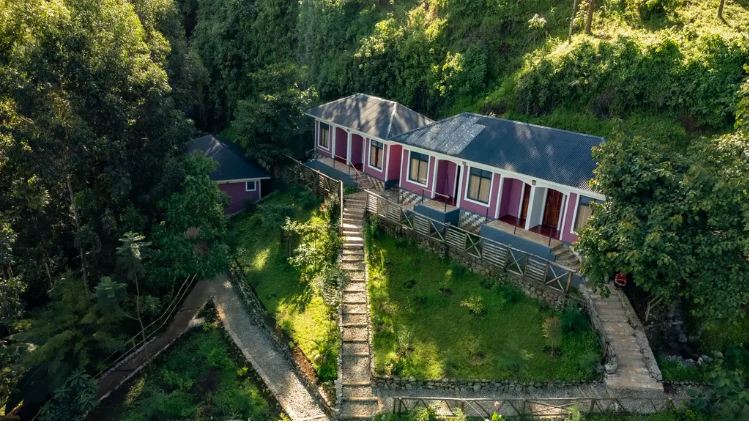
The Sipi Falls are serviced by half-a-dozen resorts and Uganda safari lodges that collectively cater to most tastes and budgets. Some of the best places to stay at Sipi Falls Include:
- Moses Homestay – Budget
- Sipi Heritage Lodge Banda – Midrange
- Sipi Heritage Lodge waterfall cottage – Luxury
- Rafiki Lodge – Midrange
- Sipi Falls Lodge – Midrange
- Sipi Valley Resort – Luxury
What To Pack For The Sipi Falls Tour?
Packing for a safari is in most cases not easy.
This is because you might want to pack different things that you believe are essential. But it is always advisable that you do not pack a lot of things as they’ll be heavy for you to carry.
The packing list for Sipi falls tour depends on several things such as the number of days you plan on spending in Sipi and the activities that you plan on participating in.
The recommended packing list should include:-
- A camera and extra batteries
- Binoculars
- Raincoat for when the weather changes
- Comfortable hiking boots
- Bottled drinking water
- Sunscreen, sunhat, and insect repellent
- Long-sleeved shirts and trousers.
